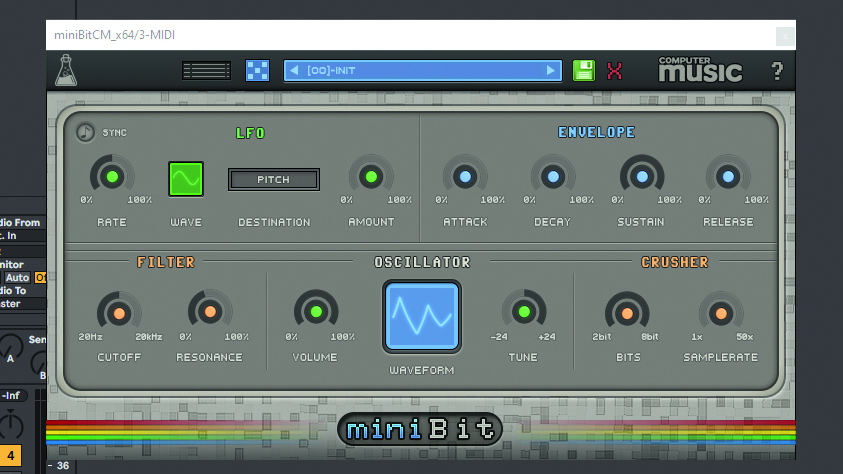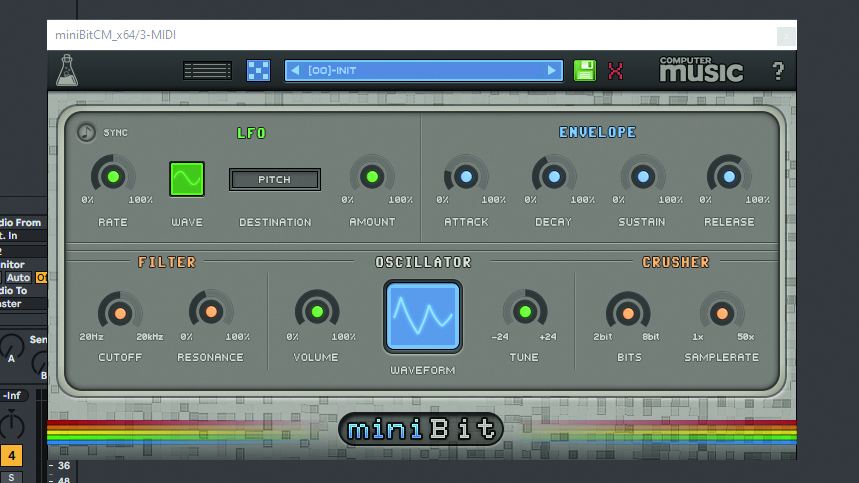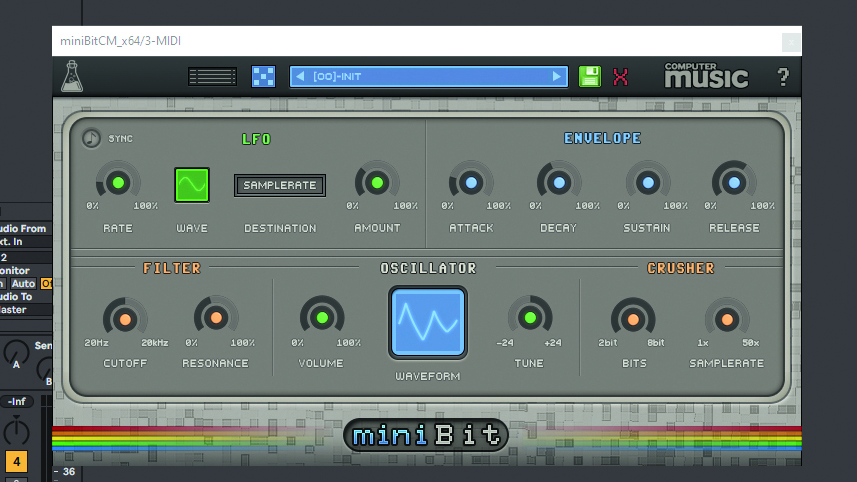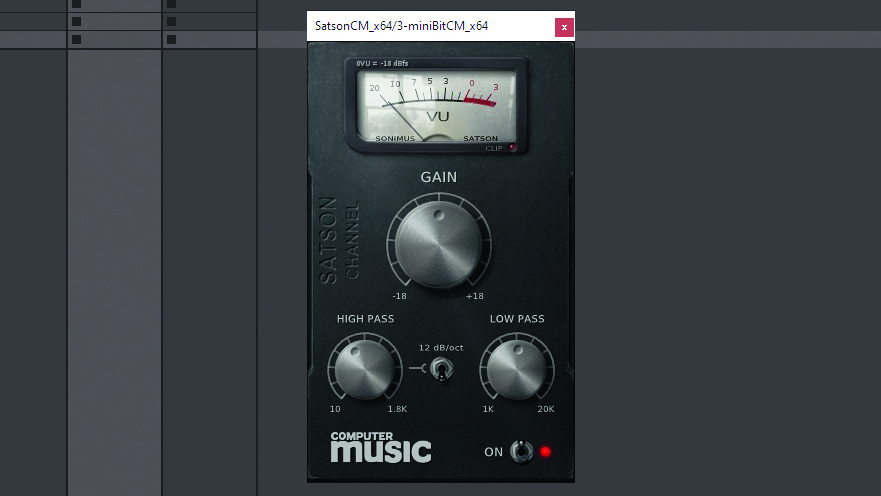The 40 greatest synth sounds of all time, No 38: Japan - Ghosts
How to recreate the haunting sounds from the band's 1982 hit
Blending a minimalist aesthetic with haunting synthesised sounds and a melancholic vocal, Ghosts was Japan’s biggest hit. The group split up just eight months after its release, despite the song reaching number 5 in the UK singles chart.
While synth-driven music was becoming hugely popular at the time, it was still unusual for an experimental track of this nature to become a hit, particularly with no rhythm track to speak of.
There were three main synths used to create Ghosts (and the album Tin Drum): the Sequential Circuits Prophet 5, Oberheim’s OBX and a Roland System 700 modular synth.
The haunting melody from the intro was made using the System 700, with the sound having a thin, crushed tone that borders on the dystopian. We’ll be creating our own spin on this sound using AudioThing’s miniBitCM.

Step 1: Select the Electric Piano waveform for miniBit’s Osc. This has a smooth tone that’ll work well. Next, tune the Osc up by two octaves to make the sound sit at the correct pitch. Set Filter Cutoff to around 600Hz, with Resonance at around 40%, removing some high frequencies.

Step 2: Adjust the amp envelope. Pushing the Attack up to 30% removes some of the initial transient. Turn Sustain down to 0% to make the sound less sustained, then increase Decay amount to 40% to add body back in. Increasing the Release to 60% adds a gradually receding tail.

Step 3: Bitcrushing gives miniBitCM its retro, chip tune-inspired sound. This gives a similar dystopian tone to the original, by modulating the sample rate. Set the LFO Rate to 25%, with Sample Rate as the destination. Increase the Modulation amount to around 40%.
Get the MusicRadar Newsletter
Want all the hottest music and gear news, reviews, deals, features and more, direct to your inbox? Sign up here.

Step 4: Now, we’ll smooth the highs with some saturation and filtering. Place SatsonCM on the channel, setting the High Pass Filter to 11 o’clock, and the Low Pass to 12 o’clock. This will add analogue-style warmth, while removing some bass and shrill highs from the sound.


Computer Music magazine is the world’s best selling publication dedicated solely to making great music with your Mac or PC computer. Each issue it brings its lucky readers the best in cutting-edge tutorials, need-to-know, expert software reviews and even all the tools you actually need to make great music today, courtesy of our legendary CM Plugin Suite.
“Excels at unique modulated timbres, atonal drones and microtonal sequences that reinvent themselves each time you dare to touch the synth”: Soma Laboratories Lyra-4 review
“A superb-sounding and well thought-out pro-end keyboard”: Roland V-Stage 88 & 76-note keyboards review










